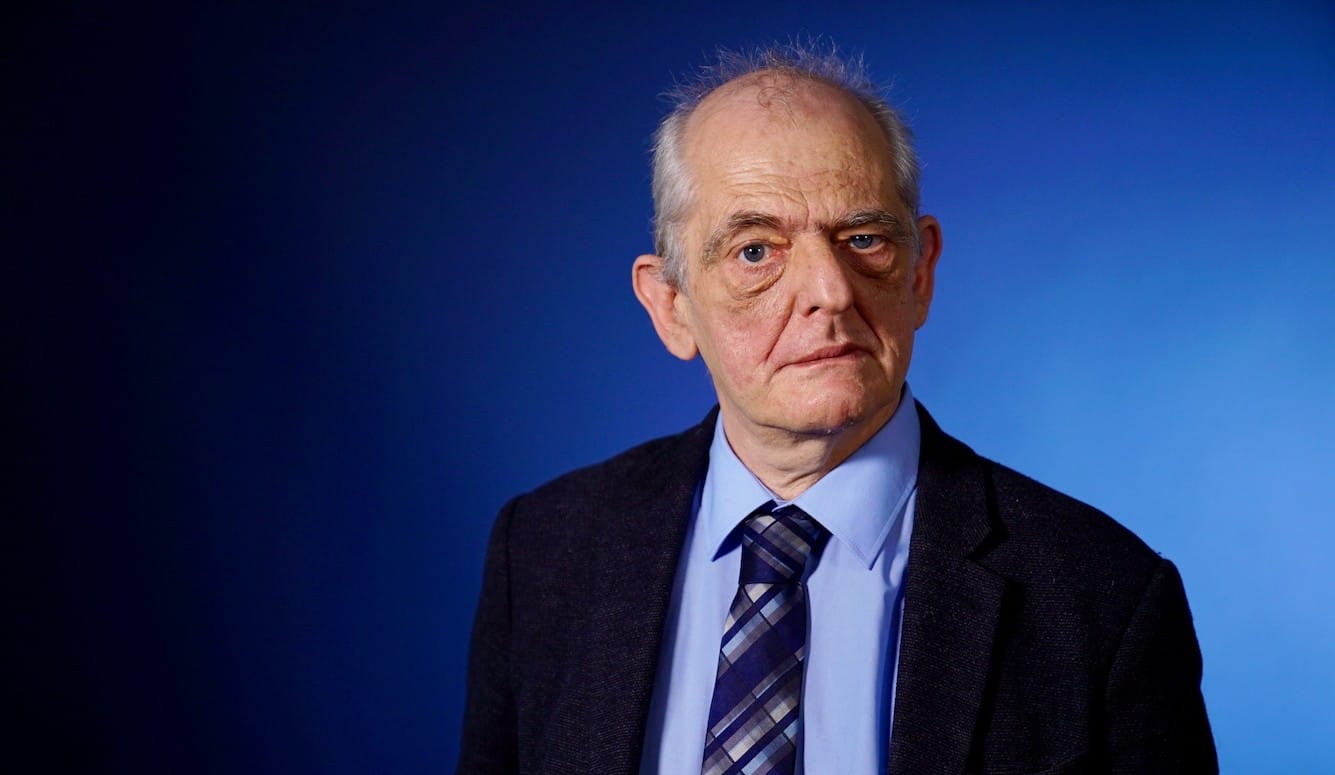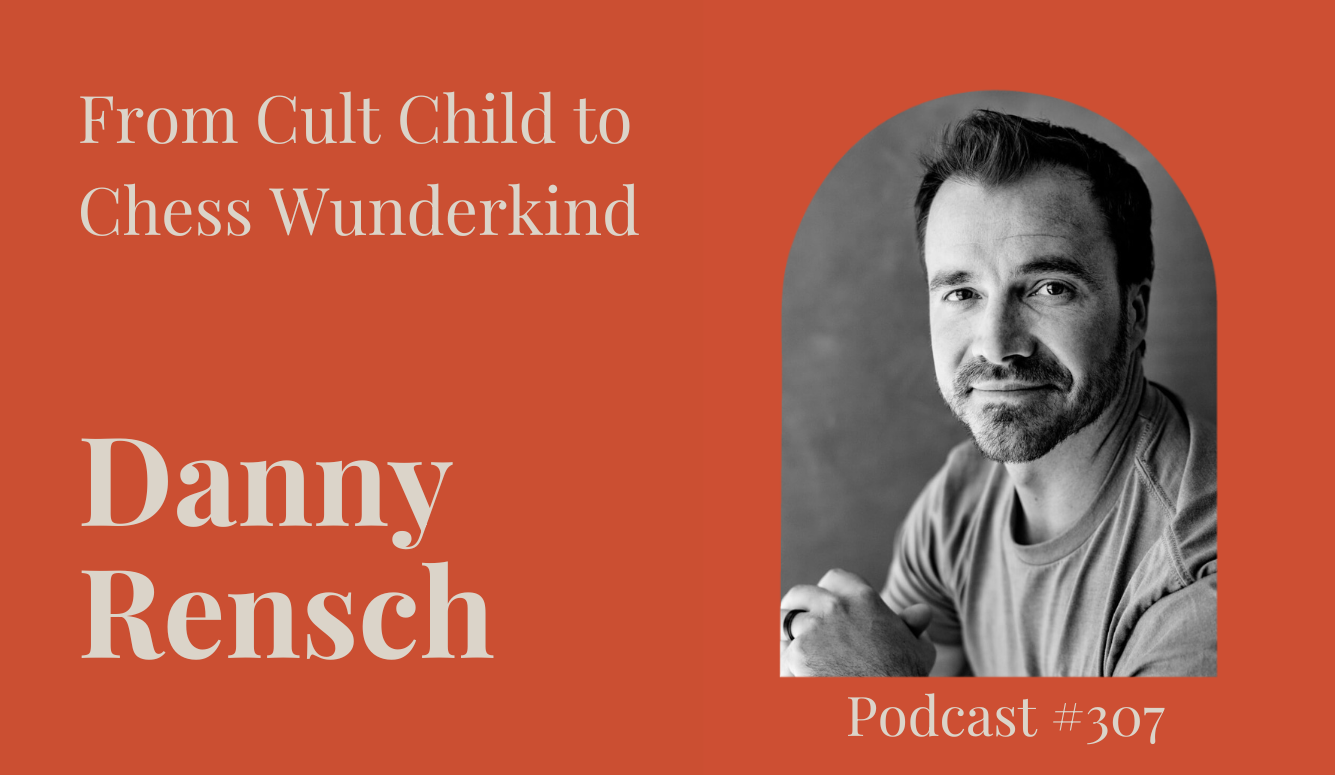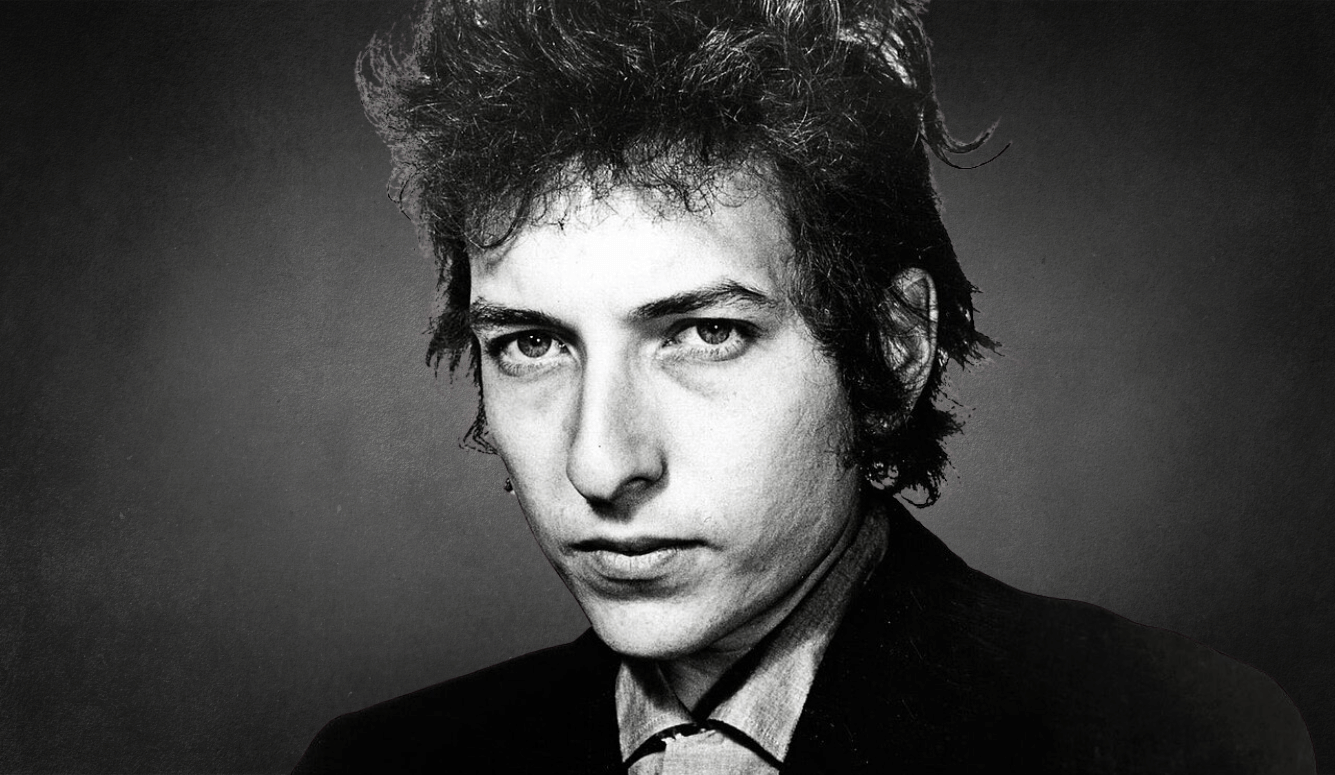Politics
Who Are the Snowflakes Now?
The state should never be in the business of enforcing any particular ideology, but nor should it be in the business of suppressing it.

It may seem counterintuitive to interpret the present moment as a vindication of social causes like feminism, gay rights, and racial equality. The 2024 re-election of Donald Trump as US president is generally agreed to have been a conclusive rejoinder to years of official pieties around social justice and identity politics. As promised, Trump has issued executive orders cancelling federal Diversity, Equity, and Inclusion (DEI) programs and the admission of transgender athletes in sports, while various authorities inside and outside his administration are moving to overturn any policies tarred with the now-toxic label of “wokeism.” Indeed, some liberals otherwise opposed to Trump’s economic program and/or diplomatic agenda can be heard to argue that the president’s victory in the culture wars is worth his blundering incompetence elsewhere. Inflation can persist, disease can spread, and the international order can collapse, but at least there will be no more kneeling at football games or pronoun-specifying email signatures.
Yet much of the anti-woke rhetoric from the MAGA quarter carries the tacit acknowledgement that the pre-woke iterations of the same causes were actually pretty persuasive. Followers applaud Trump for dismantling DEI guidelines that stretched, rather than established, the basic definitions of the terms—the Trump administration may consist of hapless stooges and unqualified sycophants, but it’s certainly diverse, including women (press secretary Karoline Leavitt, Attorney-General Pam Bondi, and Director of National Intelligence Tulsi Gabbard), Hispanics (Secretary of State Marco Rubio), and South Asian Americans (FBI Director Kash Patel). For better or worse, people like these would never have been appointed to such prestigious positions a few generations ago.
In September 2023, the New York Times columnist Ross Douthat asked, “Is ‘Peak Woke’ Behind Us or Ahead?” He noted that “The wave of cancellations and resignations and public-monument removals has receded,” and that “The mood in elite journalism is less ideologically committed and more skeptical and critical.” By that time, there was already a growing backlash against the rigid progressive orthodoxies delineated in books like Ibram X. Kendi’s How To Be Antiracist and Robin DiAngelo’s White Fragility; against the clinical diagnoses of “gender dysphoria” in children and adolescents; and against campus policing of “microaggressions” and “cultural appropriation.” Nor did the backlash come solely from conservatives. In numerous books and articles, a growing number of liberal moderates were lamenting the groupthink and hostility to dissent that had infected the social-justice movement. Examples of this trend included John McWhorter’s Woke Racism: How a New Religion has Betrayed Black America (2021), Greg Lukianoff’s The Cancelling of the American Mind (2023), and Nellie Bowles’s Morning After the Revolution: Dispatches From the Wrong Side of History (2024).
All this criticism, however—from ordinary citizens as well as the commentariat—developed during the US presidency of Democrat Joe Biden and the prime-ministerial tenure of Canadian Liberal Justin Trudeau. Donald Trump, ousted by the American electorate in November 2020, had little to contribute. Even during Trump’s first presidential term, critics worried that wokeness was merely providing him with rhetorical ammunition. In July 2020, a “Letter on Justice and Open Debate” was published in Harper’s magazine and signed by liberals like Margaret Atwood, Salman Rushdie, Yascha Mounk, Steven Pinker, and Matt Yglesias. “[R]esistance,” the letter’s signatories warned, “must not be allowed to harden into its own brand of dogma or coercion—which right-wing demagogues are already exploiting.”
In other words, the “Great Awokening” was bound to recede in time, no matter who was in office; the pendulum of public opinion was always going to swing back. The debate now is over where the equilibrium lies. Yes, grave problems arose from progressive overreach, with which readers of this publication will already be familiar—the stifling of heterodox opinion, the grim emphasis on grievance and victimhood, the rush to medicalise ideological beliefs about the body and the self, and the academic tendency to divide society into permanent classes of oppressors and oppressed. These serious developments precipitated an industry of rebuttal in books, videos, print and online magazines, and via social networks. But the rebuttal sometimes focused on relatively minor instances of political presumption—a junior professor’s attack on Western civilisation here, a small-town drag story-reading there—that were turned into profit-driven “angertainment” and hyped out of all proportion to their real-world impact. In other cases, controversies were contained entirely within the media itself, as clumsy ad campaigns or a celebrity’s intemperate post set off storms of electronic outrage that consumed everyone except average people. There were some very troubling implications to wokeness, but there were also some very cynical exploitations of it, by advocates and opponents alike.





